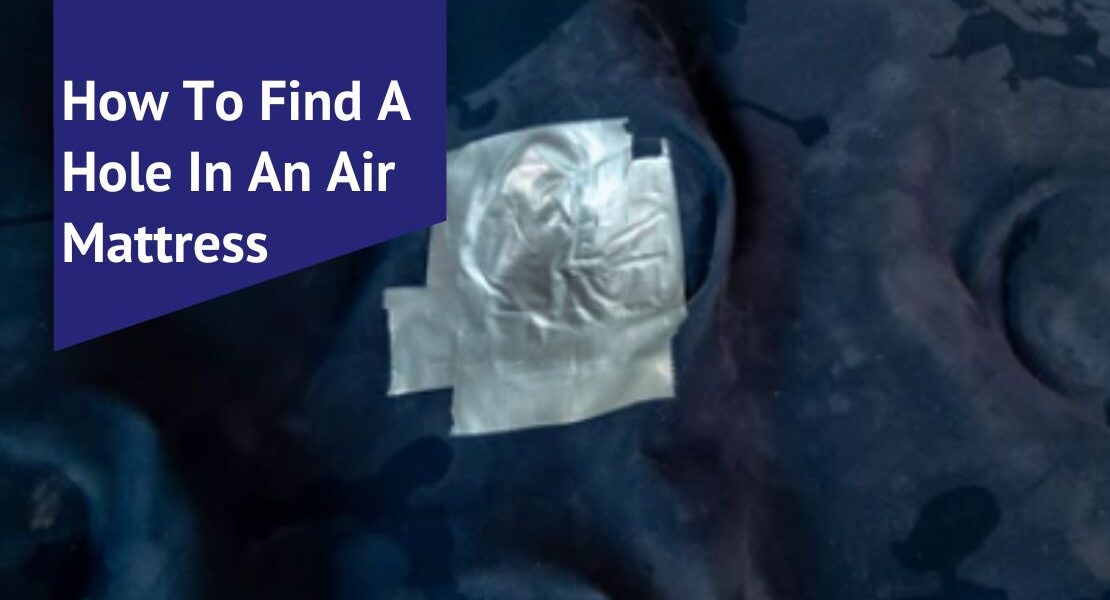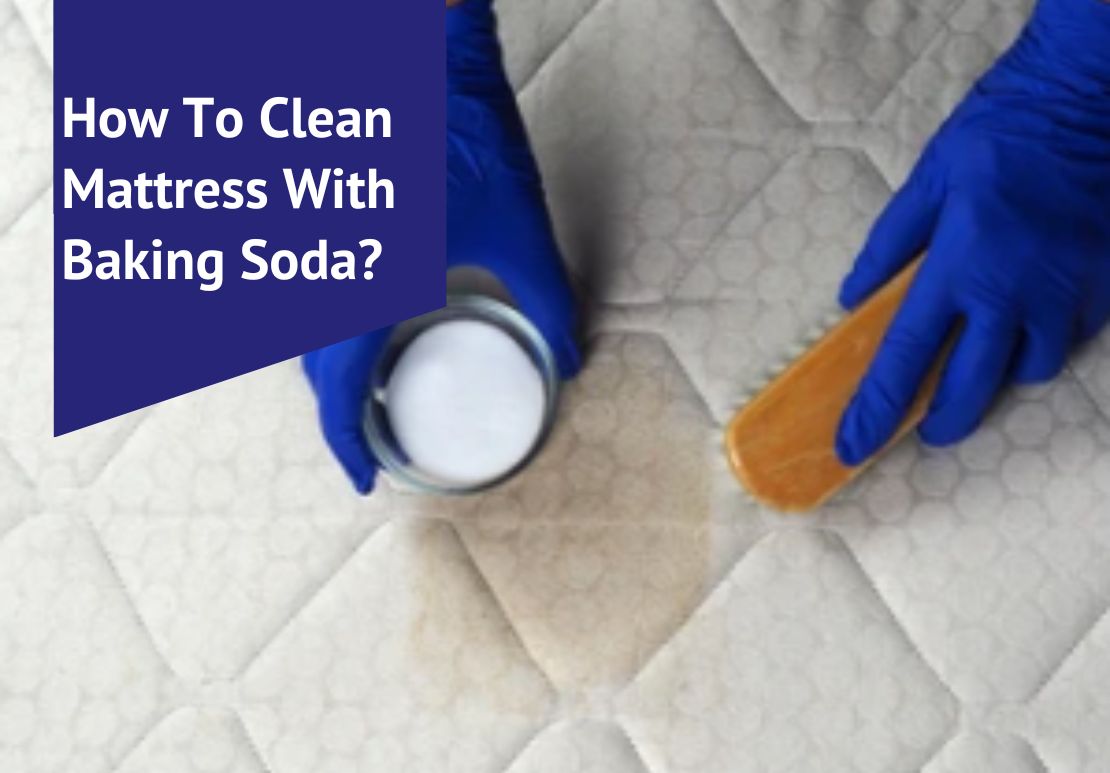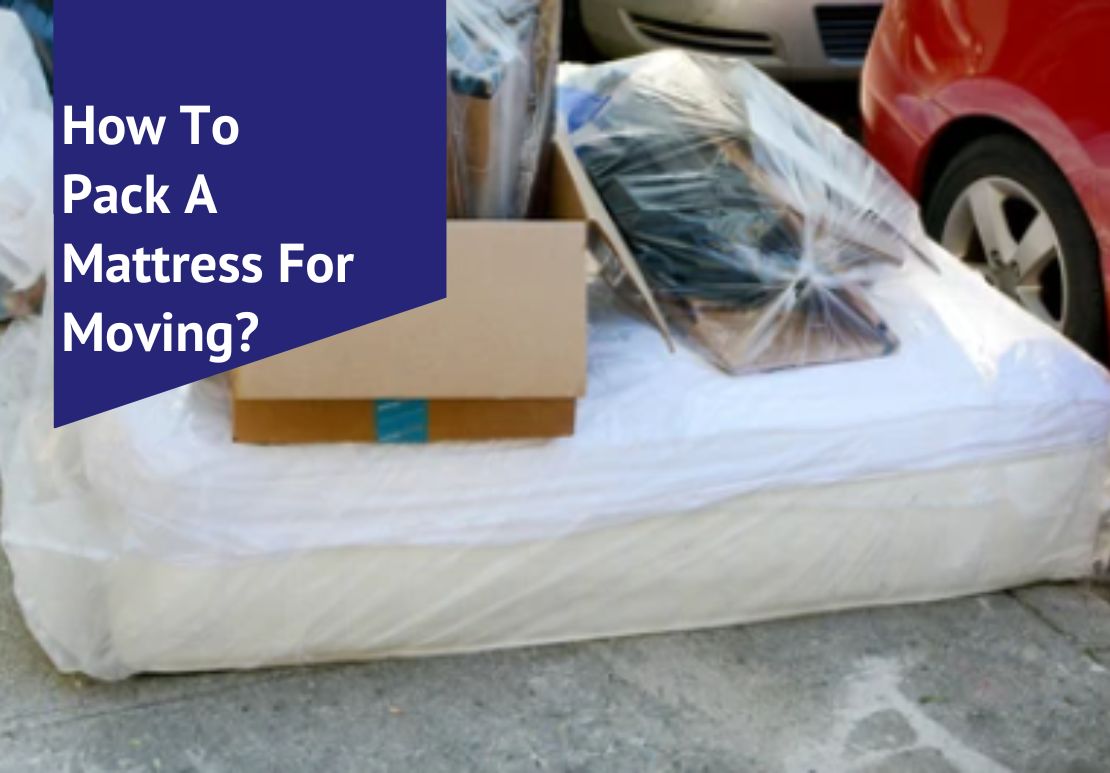Introduction:
Discovering a deflated air mattress can damage any slumber party or camping trip. An elusive puncture not only saps the firmness of your inflatable bed but also challenges one’s patience in pinpointing its location.
This article intends to guide homeowners through several effective strategies to locate and quickly fix those aggravating leaks. Keep reading for solutions to help you find leaks around the mattress, have it patched up, and snooze soundly in no time.
Table of Contents
Key Takeaways
- Check the air mattress valves first for leaks, as this is a common problem area. Listen for hissing sounds or use tissue paper to detect airflow indicating a leak.
- Use the dish soap method by mixing soap with water and spraying it on the inflated mattress; look for bubbles that show where air is escaping.
- For harder-to-find punctures, submerge your air mattress in water and watch for bubbles, or run a garden hose over it while looking for escaping air.
- Protect your air mattress from potential punctures by always using a bed sheet, and avoid sitting on it forcefully to reduce material strain.
- Deflate your air mattress before storing it to lessen pressure on seams and valves, helping prevent leaks and extend lifespan.
Why It’s Important to Locate a Leak in an Air Mattress
Locating a leak in an air mattress is crucial because it ensures the longevity and comfort of your inflatable bed. A small puncture can lead to significant air loss over time, transforming what was once a firm sleeping surface into a saggy and unsupportive one.
This can result in uncomfortable sleep, and for guests or during camping trips, it might mean waking up on the ground. Moreover, identifying and repairing leaks promptly prevents them from worsening.
If left unattended, what starts as a tiny hole could stretch or tear under the pressure of body weight, turning a simple fix into a much more complicated repair job.
Proper air mattress maintenance includes vigilant leak detection to uphold its durability. Escaping air affects sleep quality and increases the risk of further damage each time you inflate the mattress to compensate for lost firmness. Also, ensure that you fully inflate the mattress, not too little or more.
Regular checks using spraying with soapy water help catch issues early before they escalate into more significant problems. Fixing holes in inflatable mattresses soon after discovery saves money on potential replacements and avoids the hassle of dealing with sudden deflation when you least expect it – always an unwelcome surprise, whether at home or outdoors.
How to find a leak in an air mattress?
To locate a leak in an air mattress, homeowners can start by inspecting the valves for any signs of damage or wear. Additionally, they can use the dish soap method to identify leaks by applying soapy water to the surface and looking for bubbles.
Visual inspection of the mattress for punctures or tears is also recommended.
Inspecting the valves
Inspecting the valves should be your first step in detecting a leak in your air mattress. Often, leaks start here due to loose or damaged valve parts. Make sure the valve is securely closed and check for any sign of damage around its edges.
A simple yet effective technique involves pressing down near the valve while listening for escaping air. If you hear a hissing sound, the air is likely seeping out from this area.
If there’s no audible leak, try holding a piece of tissue paper or lightweight plastic wrap close to the valve as you gently squeeze the mattress. Observe for movement in the tissue paper; if it flutters, that could indicate a stream of air coming from an otherwise invisible puncture in or near the valve itself.
These initial steps can save time by swiftly identifying and addressing issues with one of the most common trouble spots on an inflatable mattress before examining other potential areas for holes.
Using the dish soap method
If the valves seem intact and no leaks are detected, it’s time to try the dish soap method to uncover elusive punctures. Begin by inflating your air mattress fully to make any holes more noticeable.
Mix a small amount of dish soap with warm water in a spray bottle, ensuring you have enough solution to cover the entire surface of the mattress. Gently mist the air mattress, paying special attention to areas where leaks are most common, such as seams and around patches from previous repairs.
Watch closely for bubbles forming on the surface, indicating escaping air and pinpointing your leak’s location. Circle any problem spots with a marker so you can find them quickly once the mattress is deflated.
This DIY leak detection process is simple yet effective, allowing homeowners to maintain their inflatable mattresses without hassle or extra costs for professional repair services.
Inspecting the air mattress visually
To visually inspect an air mattress for leaks, search for any visible punctures, tears, or holes on the surface. If the external examination does not reveal any damage, focus on checking the seams and valves, as these are common areas where leaks may occur.
Look closely at these parts to ensure no signs of wear and tear could lead to a leak. Additionally, use tissue paper or lightweight plastic wrap to observe any movement caused by escaping air from the mattress.
This simple method can help identify leaks not immediately visible to the naked eye.
Remember that thorough visual inspection is crucial in identifying potential leaks in an air mattress before moving on to other leak detection methods, such as submerging it or using soap solutions.
How to find a leak in an air mattress with a built-in pump?
– Check the valve for leaks using the dish soap method.
– Look for bubbles while squeezing the mattress near the built-in pump area.
– Submerge the valve in warm, soapy water and observe for escaping air bubbles.
– Use tissue paper or lightweight plastic wrap to detect escaping air movements near the pump.
– Gently press around the seams and edges of the built-in pump area, feeling for any subtle changes that could indicate a hole.
More Thorough Leak Detection Methods
When the standard methods fail, there are more thorough leak detection techniques that can be employed. Submerging the mattress in water, inspecting for bubbles, or using a garden hose to spray water over the surface and look for air escaping are effective options.
These methods may require effort, but they can help identify even the most elusive leaks.
Submerging your mattress
Submerging your mattress in a pool or bathtub and gently forcing air out by squeezing the mattress can be an effective way to locate a leak. This method allows you to visually identify bubbles forming at the site of the leak, indicating where repairs are needed.
Submerging the valve area specifically can help pinpoint leaks originating from this crucial component, aiding in focused repair efforts. This approach is particularly useful for detecting leaks that may not be immediately visible through other detection methods, ensuring comprehensive troubleshooting for your air mattress.
By submerging your mattress, you harness the power of water to reveal elusive leaks that may have gone undetected during initial inspections. This enables targeted repairs and ensures thorough maintenance, ultimately prolonging the lifespan of your air mattress.
Using the garden hose method
After exploring the submerging method, the garden hose method is another effective technique for locating a leak in an air mattress. This involves filling the mattress with air and running water from a garden hose over its surface.
By carefully observing where bubbles form, homeowners can pinpoint the exact location of any leaks. This approach offers a practical solution that allows individuals to identify and address potential issues without requiring extensive expertise or specialized tools.
Tips for Maintaining Your Air Mattress and Preventing Leaks
To maintain your air mattress and prevent leaks, always use a bed sheet to protect the surface from potential punctures. Additionally, avoid sitting on the mattress too forcefully, as this can strain the material and increase the risk of damage.
Lastly, deflate your air mattress before storing it to reduce pressure on the seams and valves.
Always use a bed sheet.
Using a bed sheet on your air mattress can help protect it from potential punctures caused by sharp objects or rough surfaces. The sheet acts as a barrier, preventing direct contact between the mattress and any potentially damaging elements, thus reducing the risk of developing leaks.
Furthermore, a bed sheet provides a layer of comfort and cleanliness for users, enhancing the overall sleeping experience on the air mattress.
Placing a bed sheet over your air mattress safeguards it from potential damage and makes maintenance easier. If accidental spills or stains occur, they will be absorbed by the sheet rather than directly affecting the surface of the mattress itself.
Avoid sitting on the mattress.
When it comes to ensuring the longevity of your air mattress, avoiding sitting directly on the surface is crucial. Constant pressure from sitting can lead to wear and tear, increasing the risk of developing leaks.
By adhering to this simple practice, homeowners can significantly reduce the likelihood of punctures or tears in their air mattresses over time.
Deflating an air mattress before storing it and always using a bed sheet as a protective layer also contribute to maintaining its durability. These combined efforts will help prevent potential damage and extend the lifespan of your air mattress, providing long-term comfort for you and your guests.
Deflate for storage
To maintain the longevity of your air mattress and prevent potential damage, it is essential to deflate it for storage. Deflating the mattress completely before storing it helps to reduce strain on the material and prevents unnecessary wear and tear, ensuring that it will be in optimal condition when you next need to use it.
By following this simple step, you can also minimize the risk of developing leaks or punctures over time, ultimately extending the lifespan of your air mattress. Remembering to utilize this important practice will contribute significantly to preserving your investment and ensuring its continued functionality.
Properly deflating your air mattress is an integral part of maintaining its durability. It’s a straightforward yet crucial step toward keeping your mattress in prime condition for extended periods without compromising its quality.
Other Factors to Consider When Choosing an Air Mattress
When choosing an air mattress, it’s important to consider the frequency of use and the type of mattress that best suits your needs. Whether you plan to use it for occasional guests or regular camping trips, understanding these factors can help you make an informed decision when purchasing an air mattress.
Frequency of use
The frequency of use is a crucial factor when considering the maintenance and longevity of an air mattress. Regular or daily usage may increase wear and tear, making it more susceptible to leaks.
It’s important to remember that higher usage can cause quicker material deterioration, potentially resulting in more frequent repairs. Therefore, homeowners should be mindful of the regularity with which they utilize their air mattresses and consider implementing preventive measures if used frequently.
Type of mattress
When considering the type of mattress for an air bed, it’s essential to evaluate factors like durability, comfort level, and intended use. Some air mattresses are designed specifically for occasional use or camping, while others are crafted with more durable materials suitable for everyday indoor use.
Factors such as the frequency of use and desired comfort levels will be crucial in determining which air mattress best suits your needs. Additionally, considering features like built-in pumps or adjustable firmness settings can enhance convenience and customization options.
Furthermore, some air mattresses have specific support features such as coil beams or internal cushioning systems that offer increased stability and comfort during sleep. Paying attention to these details when selecting an air mattress can significantly impact overall satisfaction and long-term usability.
Conclusion
To wrap up, finding a hole in an air mattress is crucial for maintaining its functionality. Simple methods such as inspecting the valves and using the dish soap method can help identify leaks.
Additionally, submerging the valve or listening for escaping air are effective ways to find hidden leaks. By following these practical steps and regularly maintaining your air mattress, you can ensure its durability and comfortable use over time.
Frequently Asked Questions
How can I find a hole in an air mattress?
You can find a hole in an air mattress by inflating it fully and then carefully listening for any escaping air or feeling for the source of the leak with wet hands.
Can I use soapy water to detect a hole in my air mattress?
You can mix water with dish soap and apply the solution to the inflated mattress. Look for bubbles forming in areas where there might be a leak.
What should I do if I find a hole in my air mattress?
Once you locate the hole, mark it using a pen or marker, then deflate the mattress completely before applying an appropriate repair patch following the manufacturer's instructions.
Do I need special tools to fix an air mattress hole?
No, repairing an air mattress typically requires only basic supplies, such as vinyl repair patch kits that are readily available at most hardware stores.
Can I prevent future holes in my air mattress?
Yes, you can help prevent future holes by placing a protective cover or sheet on top of your air mattress when using it and avoiding contact with sharp objects or rough surfaces.









